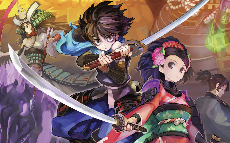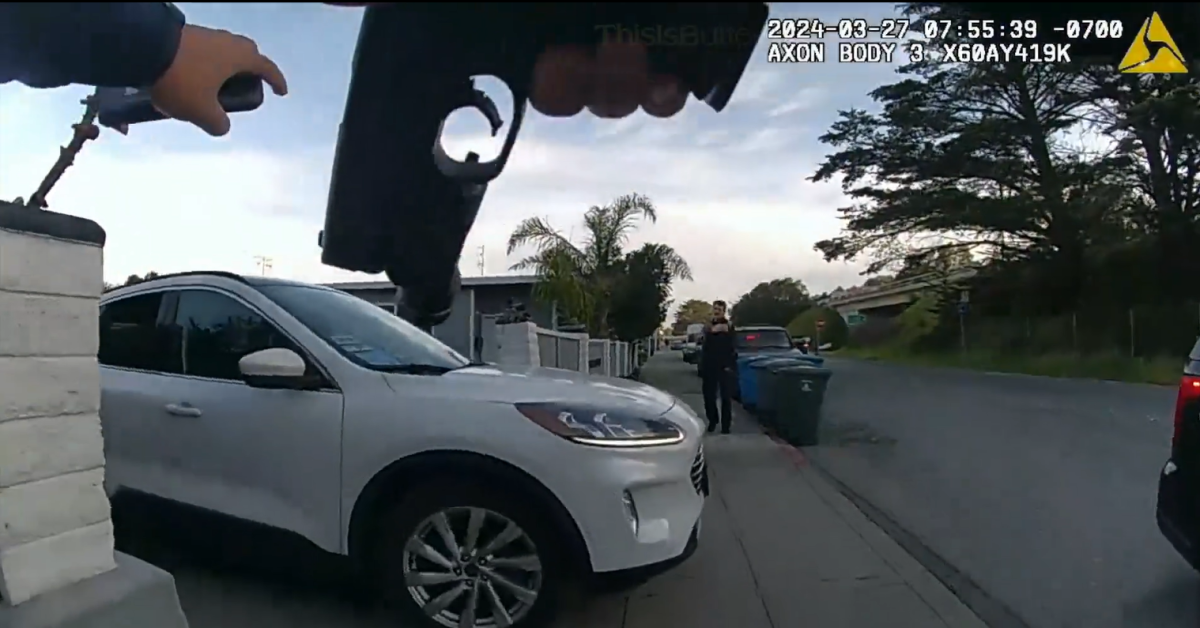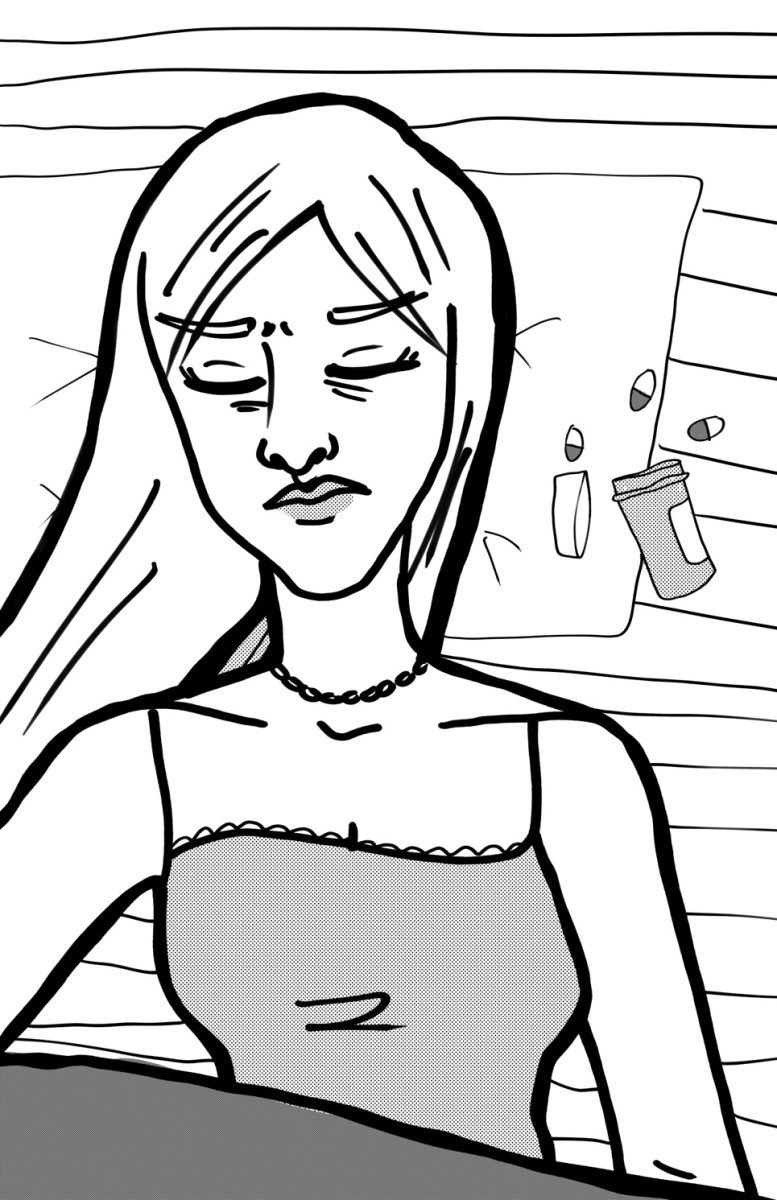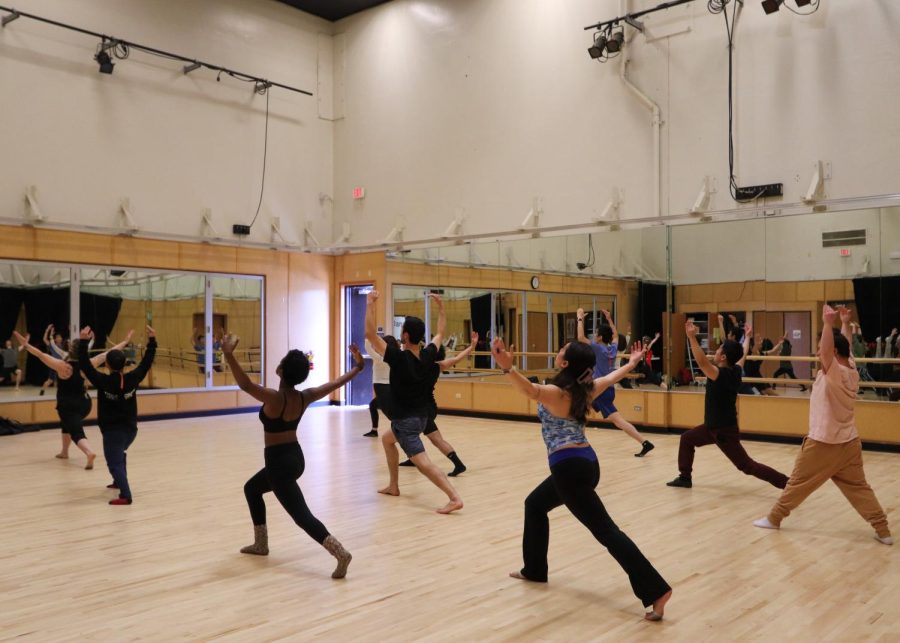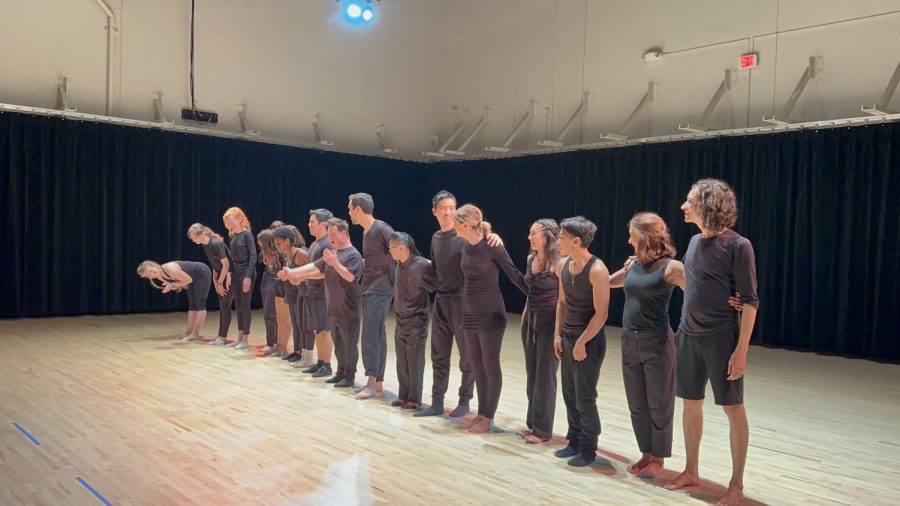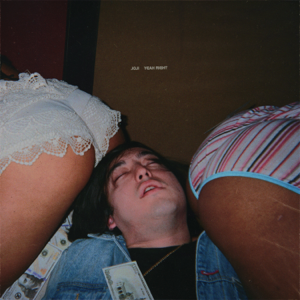The Nintendo Wii has been a console mostly devoted to offering family-friendly games and typically doesn’t have much in the way of action/adventure titles. So when I heard about Muramasa: The Demon Blade developed by Vanillaware, creators of the cult favorite Odin Sphere, I was excited about the potential for a great new Wii action game.
Taking place in Ancient Japan, Muramasa tells the story of two characters; Kisuke, an amnesiac ninja out for revenge, and Momohime, a princess possessed by the evil swordsman Jinkuro. What both of these characters have in common is their use of the Oboro fighting style and the demon blades they use to battle monsters and other mythical creatures. While they both play and feel exactly the same on the controller, each character travels to different areas and fights enemies unique to their story. Both of Kisuke’s and Momohime’s tales will take about 6-8 hours to finish and there are also six different possible endings (three for each). With all these options, the game warrants multiple play-throughs and requires players to overcome many difficult challenges to unlock all the endings.
Muramasa shares many similarities with Vanillaware’s previous game, Odin Sphere. Surprisingly, the game’s voiceover dialog is kept in Japanese with accompanying subtitles in English, which is somewhat unusual for a U.S localization of a Japanese game. I think it was a smart move to not dub the game because the original dialog fits perfectly with the Japanese-style graphics. The game’s art style was inspired by several ancient Japanese paintings such as Hokusai’s “The Great Wave” and “Travelers Crossing the Oi River.” Visually, the game features some of the best 2-D graphics I’ve ever seen. The animations for the all the characters and monsters are beautifully animated and detailed. The graphics do an amazing job with bringing the game’s world to life. Each area looks as though it has a story to tell. Everything about this game feels like a Hokusai painting in motion.
Not only does the art style do wonders for the environments, but it also complements the gameplay. Players will explore over twenty different stages, each with their own branching paths leading to new areas, enemies and items. The bulk of the game focuses around combat. Simple but varied, most of the action focuses on evading enemy attacks while quickly getting in several hits of your own. Thankfully, the game gives players several options for the controls. Action game purists will most likely gravitate towards the GameCube and Classic controller options, but for others, the game also plays well when using the Wii-mote and nunchuck. With the simplicity of the action and your preferred control type, performing aerial combos and juggling enemies will quickly become second nature.
As with Odin Sphere, cooking is a vital skill for your character. When you collect ingredients for certain recipes, you’ll be able to cook the desired food in order to heal your character from injuries as well as also gaining momentary power-ups for your character. In addition to feeding your character, cooking is extremely important when it comes to the forging of new weapons. When your character eats, you’ll gain spirit points which can be used in the forging feature along with soul points collected from battle. With over 108 swords to collect, each new weapon forged and found through your travels has its own attributes and special attacks. Players will be able to forge their own weapons for each character’s upgrade tree.
There are several challenge shrines scattered throughout the game world which can reward players with new demon blades and accessories after they successfully defeat waves of enemies. The difficulty of the challenge shrines range from very easy to sadistically hard. You’ll sometimes be pitted against upwards of 30 different enemies at once with occasional boss characters thrown in. However, it isn’t too difficult to beat most of these challenges.
Unfortunately, the game does disappoint in a few places. As mentioned before, Kisuke and Momohime play exactly the same, which is dissatisfying. I was hoping that Kisuke would some cool ninja techniques, but there are no unique attributes like that. It seems like a missed opportunity to inject some of the character’s personality into the gameplay.
Another area which is a bit of a letdown is the design of the game as a whole. Most of the time, it bowls down to repetitive travel from point A to point B while mindlessly fighting off any enemies you may come across. One last thing that bothered me was how many of the backgrounds repeated. While it’s understandable that most forests look alike, most of the art assets from the stages are carried over to the other areas. I didn’t expect to see things duplicated so often.



